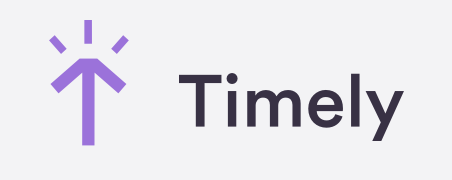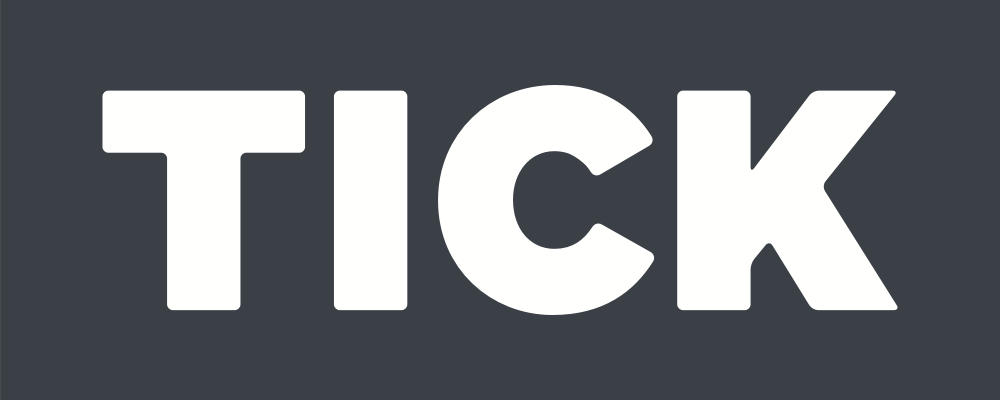5 Must-Know Workflow Management Tips for the Asynchronous Workplace
If you just started managing an asynchronous workplace you’re probably struggling with a few things. We’re here to help you with 5 actionable tips that you can implement right away.

Asynchronous workplaces are an essential part of the remote work revolution.
Working with professionals from across the world has a ton of benefits, and allowing your local employees to work from home is a much-welcomed change.
However, asynchronous work presents managers and CEOs with a unique set of challenges:
- How do you keep everyone on the same page and engaged?
- How do you get team members to collaborate when they’re never awake at the same time?
- Is it even possible to schedule a meeting?
Nothing’s impossible, and these challenges shouldn’t deter you from going async. In this article, we’ll show you how to transform your asynchronous workplace into a productivity powerhouse by:
- Setting firm rules for uninterrupted asynchronous workflow
- Minimizing the number of meetings, and making them super productive
- Creating effective, clear-cut plans with OKR methodology
- Using employee activity software monitoring
- Making the most of your diverse tech stack
#1 Set Core Work and Communication Rules
As much as it relieves staff and management alike, asynchronous work has time-related constraints that demand a firm set of rules to keep functioning.
It is easy to jump on a quick Zoom call when working in real-time to resolve any mishap or miscommunication. However, asynchronous communication relies on punctuality and employees that can work independently, following work rules set in advance.
These tips will help your async workplace tremendously:
- Coworkers are to be fully present and responsive during their pre-arranged working hours.
- Managers should delegate time-sensitive tasks with employee hours and competencies in mind. This ensures that the time between issue occurrence and response is minimized. If a task requires immediate attention, the active employee can tend to it immediately.
- All task management tools, checklists, and organizational aids should be updated in real-time so that the employees taking over the shift have accurate information when they start their workdays.
- Employees are to report every issue as it occurs and record every step they take to fix it.
- Every employee should have access to a comprehensive knowledge base to consult in case their supervisor isn’t available.
- If the team is hierarchically structured, everyone should know who to turn to in case they have any questions or are unable to complete their task singlehandedly; there should be at least one fully competent supervisor available on every shift.
- Employee competencies are to be regularly tested, so managers know how to create a shift schedule; this enables you to have a capable team on hand at all times.
#2 Learn How to Work Without Unproductive Meetings
To most employees’ joy, asynchronous work means fewer meetings, as it’s harder to schedule them across different time zones.
“This could have been an email” now becomes an actual email! Create an “ask first” meeting policy, where no one schedules a meet-up without trying to handle the matter via message first. The other option is to use quicker and less formal options: Huddle is a great Slack tool that has already replaced so many unnecessary video calls and meetings.
When you do need to hold a meeting, make the most of it by:
- Creating a meeting agenda with specific points and talking points you’ll stick to, with meeting goals outlined as well.
- Only inviting a limited number of employees relevant to the meeting topic.
- Encouraging employees to block out focus times in their calendars, to signalize they’re too busy with more important work.
- Recording the meetings for absent coworkers so they can review it when they have time, instead of insisting they show up.
- Keeping the meetings as brief as possible: most people tune out after the half-hour mark.
What if I *need* to have everyone present at the meeting?
For important company or department updates, you sometimes need to have all hands on deck. Timezones can make this quite tricky, but there’s almost always a way to find an acceptable time for everyone!
Here’s a little hack to help you find the perfect time slot for mandatory face-to-face meetings: use The World Clock Meeting Planner.
The World Clock Meeting Planner is a handy website that lets you enter the meeting date and participant locations. The app then calculates the most agreeable time slot for each participant.
In case someone still needs to show up outside their working hours, compensate them with overtime pay, or let them sleep in the next day, especially if they need to stay up late for a meeting.
#3 Create Weekly, Monthly, and Quarterly Plans by Using the OKR Methodology
OKR stands for “Objectives and Key Results”, and it is a method of setting goals by breaking them down into smaller, more manageable steps that lead to successful task completion.
“Objective” is the final goal you want to achieve, and “Key Results” are smaller, time-constricted, but realistic actions to achieve in order to climb to the Objective.
OKR methodology is a healthy way to achieve goals but has additional benefits for asynchronous workplaces.
The Objective is a symbolic beacon for employees. They can aim their actions toward the beacon without requesting specific instructions each time they’re in doubt — which makes them more independent in their work. The Key Results should be discussed and well-explained so people will know what to do without a supervisor present, which is often the case with asynchronous work.
Besides alignment, OKRs provide staff with the ability to focus on trackable goals and stay committed easier, because the final destination looks achievable when presented this way.
#4 Use an Employee Activity Tracker to Account for Working Hours
Keeping tabs on computer activity with tracking software for employees will bring a breath of fresh air into your workplace:
- The time tracking dashboard will show you who’s online and what they’re working on each moment.
- It enables real-time data monitoring without physical presence — which is especially important for remote performance management.
- Employee monitoring software enhances workplace productivity and shows the exact time needed to complete each task, with breaks included.
- Monitoring computer activity will help you create an accountability culture, and let the actions of your employees speak for themselves.
#5 Beyond Slack: Get Used to Async Communication With Different Tools
Gone are the days when you could rely on the holy trinity of Zoom, Slack, and email for complete company-wide communication.
The video call applications such as Zoom depend on participants’ immediate presence and can’t work otherwise. Slack is used to replace office shoulder-tapping, but you can still use it for short messages and communication in the same time zone. In the end, overloading email services won’t work either.
Asynchronous correspondence demands a slightly different communication tech stack. We propose you use some of these tools to make up for the time distance between your coworkers:
- Video format — In case you need to record a video message, you can use Loom. It can screen and video record, has reactions and time-stamped comments, and works with a link across all devices. Better still, recipients don’t need an account to watch videos. VEED is a good alternative, but more expensive. Vimeo is less interactive but great as a company video hub and webinar/ live event platform.
- Knowledge base — Notion, Confluence, and Slab are some of the most popular knowledge base platforms. Slab and Notion are easier to use, with very intuitive and neat interfaces, while Confluence demands some time to get used to it, but ties in with other great Atlassian tools such as Jira (project management tool) and Bitbucket (git code management tool).
- Project management — In addition to the aforementioned Jira, there are tons of different project management tools you can choose from. Asana, ClickUp, and Trello are all great choices, but you might need something industry-specific, depending on your needs. Bitbucket for developers, Gong for sales teams, etc.
Summary
Asynchronous workplaces are equally as productive, with all the joys of remote work and a diverse workforce, but they function best if you put some careful thought into organizing them.
They’re different from synchronous workplaces in that they demand a higher level of punctuality and allow for less organizational spontaneity. To truly capitalize on asynchronous workplace benefits, follow these steps:
- Create a set of core work and communication rules for all employees.
- Schedule fewer meetings, but make them super useful.
- Come up with plans and goals in advance, so everyone is on the same page.
- Monitor employees’ internet usage and time with corporate monitoring software.
The best thing is that your workplace doesn’t have to be asynchronous for you to use these tools and work principles. Try some of these, and your workdays are sure to be more productive and purposeful.
Updated on May 9th, 2024
¿Está listo para tomar el control total de su lugar de trabajo?
Pruebe la solución más sencilla hoy mismo...
Prueba Gratis.svg)
.jpg)





























.jpg)

%20(5).png)
%20(1).png)




%20(2)%20(1).png)
.png)